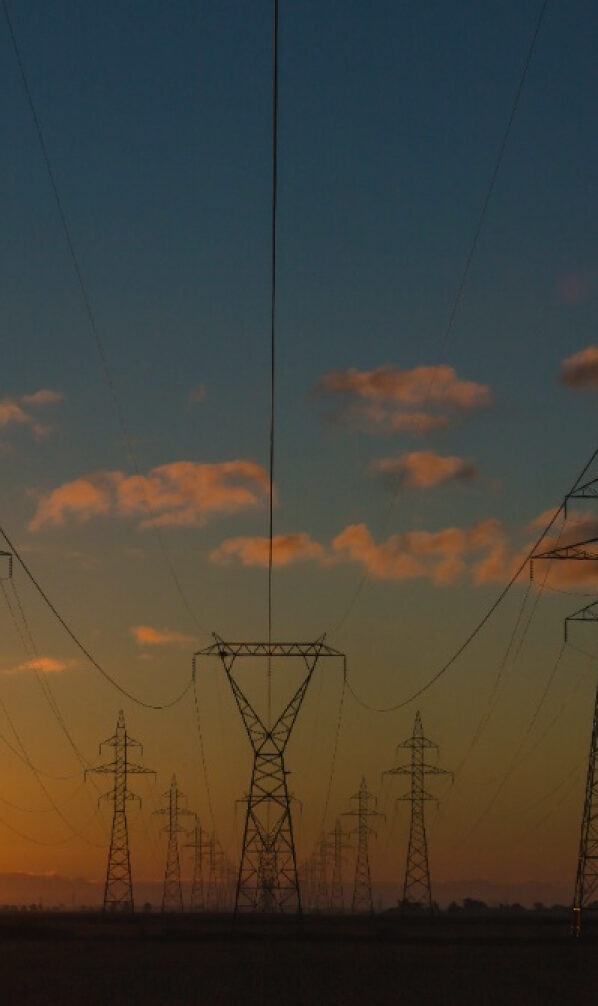- ~30%
- Global fossil fuel electricity emissions account for ~30% of anthropogenic GHG on a CO2-equivalent basis.
Emissions
Global greenhouse gas emissions – share of total (2019).
Background
Nuclear is a particularly attractive alternative to fossil fuels in the power sector given limited land use requirements, competitive marginal costs of electricity, and relative safety.
- Nuclear
- alternative to fossil fuels.
However, nuclear has historically had poor public perception due to high-profile nuclear accidents (e.g., Fukushima).
- High-profile
- nuclear accidents impact public perception.
Source: Climate Watch; Our Word in Data; IEA; EIA
Current State
Globally, nuclear supplies ~10% of all electricity generation. In the U.S., nuclear provides ~18% of utility-scale electricity generation.
To enable decarbonization in the power sector, the IEA’s Announced Pledges Scenario projects a ~50% (~200 GW) increase in nuclear capacity by 2040.
Nuclear is positively trending, as 50+ countries (e.g., Finland and France) have plans to build new reactors.
Solution Details
 Back to the solutions
Back to the solutions

